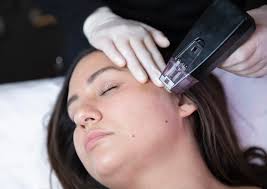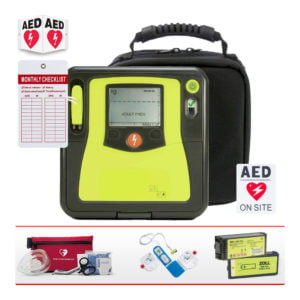Point Of Care Diagnostic Is Expanding At A CAGR Of 10.5% From 2022-2029
The POCT market was said to be nearly USD 29 billion in 2021, with a CAGR of 10.5% by 2029, and its worth is anticipated to shoot upto USD 64.5 billion. Point-of-care testing is done in the proximity of the patient, and after the medical test, the results are received quicker than conventional testing leading to faster and more efficient medical care. It reduces the time needed to retrieve reports and data. POCT includes urine strip testing
- hemoglobin diagnostics
- infectious disease testing(covid-19)
- rapid glucose testing
- rapid coagulation testing
- cholesterol testing.
POCT is easily carried as it is a portable device or handheld instrument(nerve conduction study device, blood glucose meter). Earlier POCTs were costly, but as its trending now, the price has reduced considerably, and the demand for POCT is rising. It is used in diabetes, acute coronary, and carpal tunnel syndrome.
Health care Infrastructure and technological advancement make North America the leading force in this field. North America’s market value was USD 14 billion in 2020. 2nd in the ranking is Europe, with widespread chronic diseases looming over the continent; it covers a big chunk of the market in valuation. Asian economies are coming into the picture as their healthcare infrastructure is developing.
COVID-19
POC can deliver results within a few minutes giving POC a catbird seat when it comes to SARS-CoV-2 Tests. Traditional lab tests take days, and this slow process could make way for a permanent rise in POC tests. These tests are established on various technology, namely, standard-antigen-based tests for discovering viral protein, isothermal nucleic acid amplification and loop-mediated isothermal amplification (LAMP) to find viral genetic material, and newer CRISPR-based diagnostic tests, which detect viral genetic material.POCT can be kept at home for convenience as it is easy to use and can be operated without specialization.
A crucial difference between rapid antigen tests and RT-PCR is the distinction in the analytic sensitivity of the inspection. Single antigen test has a sensitivity lower by 30% to 40% compared to RT-PCR, and variations depend on whether the subject is symptomatic or asymptomatic. But lower sensitivity has both pros and cons. The con is a risk of falsely negative results in subjects with little viral loads, which are premature in their infection and later spread the infection to others, but the serial testing algorithm can alleviate the risk. The advantage of these assays is a lower chance of finding residual viral nucleic acid left behind from a far-off infection in recoup subjects.
The unanticipated rise in covid-19 cases and the absence of effective treatment led to the research and development of new diagnostics against the SARS-COV-2 virus. Firms like F. Hoffman-La Roche ltd., Thermo Fisher Scientific, Quidel Corporation, and a few more firms observed great growth in their point-of-care diagnostic division, which happened in 2020 during the outburst of covid-19. F. Hoffman La-Roche Ltd. The Annual report of 2020 witnessed the diagnostic segment holding nearly 23% of the company’s total income, which saw an increase of 6.3% from the year 20219. The company generated an income of USD 68,710.1 million, an increase of 7.7% from the previous year. Government intervention, such as funding for the rapid development of POC test kits, as the demand for these devices, is so high during the pandemic leading to a noteworthy gush in the manufacturer’s revenue in 2021.
RSV INFECTION
Respiratory syncytial virus (RSV) is an infection that affects the respiratory tract. The Respiratory tract incorporates the lungs, nose, and throat. RSV test examines a fluid sample from the nose to check whether the virus is engendering traits of a respiratory infection. It is a transmissible infection, and it is very common. Mostly children within the age of 2 get RSV. It causes mild symptoms like a cold. The virus may cause breathing problems in certain age groups, particularly in
- infants under six months old
- subjects above 65 years of age
- It affects people who are suffering from lung or heart disease
- weakened immune system.
Two types of tests are mostly used in RSV testing Rapid RSV antigen tests and Molecular Tests called RT-PCR (Polymerase chain reaction). Earlier POC systems RSV was established on Antigen Detection Tests. The sensitivity of Antigen Detection Tests for RSV depends on viral load; hence they are of limited clinical utility. Freshly PCR-based POC testing symptoms for RSV and other bronchial viruses have been developed, providing improved sensitivity and specificity, for example, the Roche Cobas Liat POC test, which gives results on influenza A/B and RSV within 20 minutes. The 2016 Global burden of Disease study evaluated that RSV is responsible for 24.8 million ARI (Acute respiratory tract infection) and 76,600 deaths yearly. Children of 1 year or below affected with RSV is 60%-70%, and 2%-3% infection leads to hospitalization, making RSV a leading source of mortality and morbidity in children below five years of age, generally occurring in low and median-income countries.



Leave a Reply
You must be logged in to post a comment.